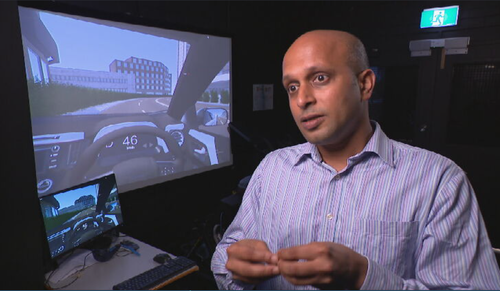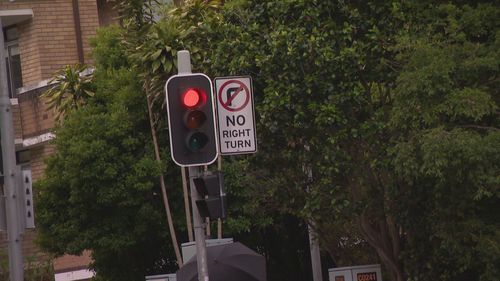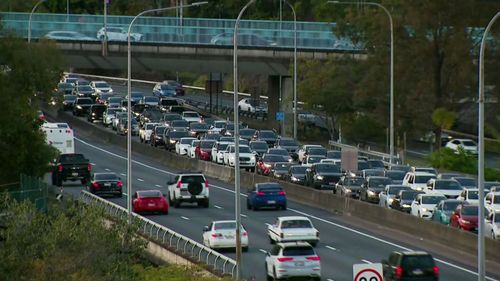A Sydney professor has developed groundbreaking technology in an effort to tackle traffic congestion on Australian roads.
Professor Vinayak Dixit, from UNSW’s School of Civil and Environmental Engineering, is using data collected from navigation mobile apps to optimise the traffic lights system.
Current traffic light systems use sensors, or loop conductors built into the road, to determine when a traffic light should change.

Cameras are also used to capture and analyse congestion at intersections or junctions.
But Dixit has developed technology that collects information from apps such as Google Maps and Waze to identify bottlenecks and delays in real-time.
“It’s about being able to use that data to control and optimise our traffic lights so we can get people moving faster,” Dixit told 9News.

Although loop detectors are effective at measuring real-time congestion, Dixit argues they are costly and can only detect traffic in the area in which they are placed.
Read Related Also: Why Don Diamont Was Fired From The Young And The Restless
He believes smart technology should be used to fill in the gaps.
His system has already been trialled at intersections in India and Indonesia, which are home to some of the world’s busiest road networks.

The bizarre road rule that could cost you $2000 this Halloween

“We’ve been able to find significant improvement in delays, anywhere from 18 to 40 per cent in different regions,” Dixit said.
NRMA spokesman Peter Khoury has backed the technology.
“Data is going to play a huge part in how we manage traffic moving forward,” he said.
“It’s going to be so important as Sydney continues to grow that we use every tool available at our disposal.”








